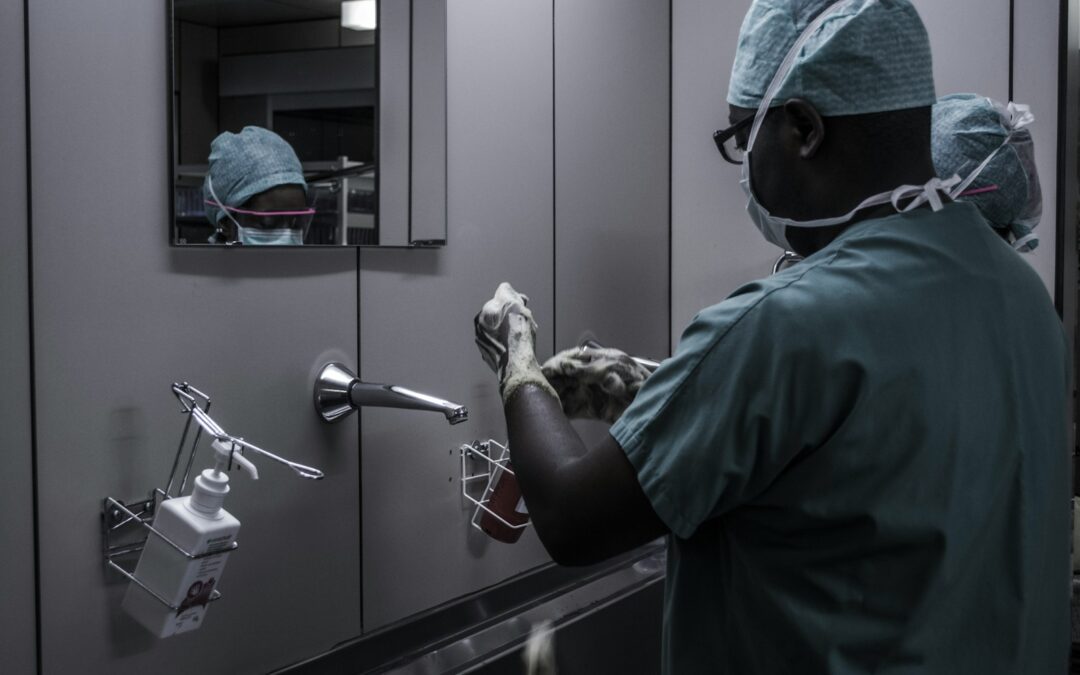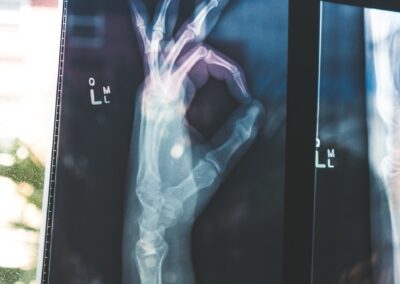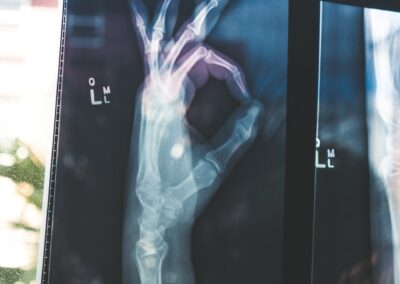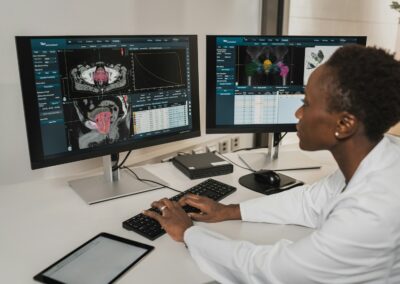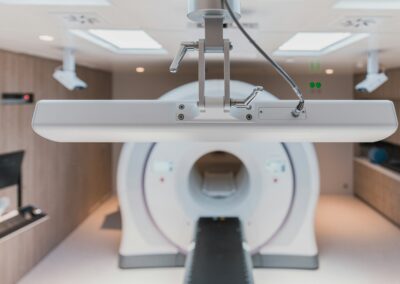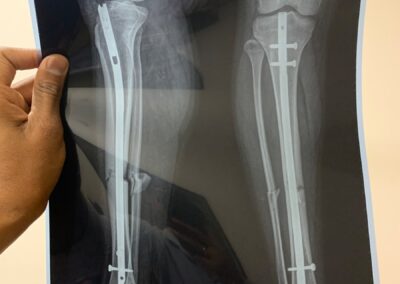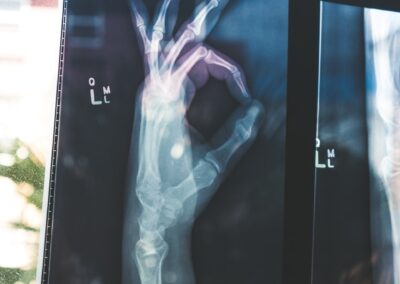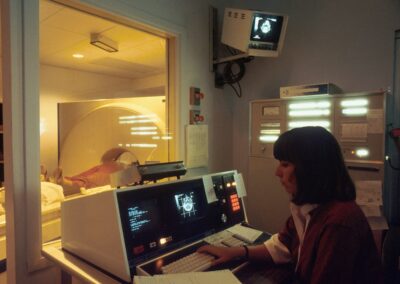Overcoming Obstacles to Leverage AI’s Full Potential in Saudi Arabia and the UAE
Understanding the Challenges of AI Integration in Medical Imaging
The integration of AI into medical imaging workflows presents both exciting opportunities and significant challenges, particularly in advanced healthcare markets such as Saudi Arabia and the UAE. While AI has the potential to revolutionize medical imaging by enhancing diagnostic accuracy and efficiency, the path to full integration is fraught with complexities. For business executives, mid-level managers, and entrepreneurs in Riyadh and Dubai, understanding these challenges is crucial for making informed decisions that will drive innovation and improve patient outcomes.
One of the primary challenges is the technological complexity involved in integrating AI into existing medical imaging workflows. AI systems require significant computational power, sophisticated algorithms, and access to large datasets to function effectively. These requirements can be difficult to meet, particularly in healthcare settings that rely on legacy systems. Additionally, the integration process often demands substantial changes to existing workflows, which can disrupt daily operations and require extensive retraining of staff. For healthcare leaders in Saudi Arabia and the UAE, addressing these technical and operational challenges is essential to ensuring a smooth transition to AI-driven imaging.
Another critical challenge is ensuring the reliability and accuracy of AI systems in medical imaging. While AI algorithms are capable of processing vast amounts of data quickly, they are only as good as the data they are trained on. Inaccurate or biased data can lead to incorrect diagnoses, which can have serious consequences for patient care. Ensuring that AI systems are trained on diverse, high-quality datasets is crucial to minimizing these risks. Moreover, continuous monitoring and validation of AI performance are necessary to maintain accuracy over time. This ongoing effort requires a strategic approach to change management, as well as a commitment to quality assurance and improvement.
Strategies for Successfully Integrating AI into Medical Imaging Workflows
Addressing the challenges of integrating AI into medical imaging workflows requires a comprehensive approach that combines technological innovation with effective leadership and management strategies. One of the most effective ways to overcome these challenges is through the development of strong partnerships between healthcare providers, AI developers, and technology vendors. By collaborating closely with experts in AI and medical imaging, healthcare organizations in Saudi Arabia and the UAE can ensure that their AI systems are tailored to their specific needs and are seamlessly integrated into their existing workflows.
Effective communication and change management are also critical to the successful integration of AI into medical imaging workflows. Healthcare leaders must clearly communicate the benefits of AI to their teams, addressing any concerns about job displacement or changes in workflow. This involves providing comprehensive training and support to help staff adapt to new technologies and processes. Executive coaching services and management consulting can play a vital role in guiding healthcare leaders through this transition, helping them to develop the skills and strategies needed to lead their organizations through the complexities of AI integration.
Another key strategy is to adopt a phased approach to AI integration. Rather than attempting to implement AI across all imaging modalities at once, healthcare organizations can start with specific areas where AI has the potential to make the most immediate impact. For example, AI can be initially applied to radiology departments where it can assist in the early detection of conditions such as cancer or cardiovascular disease. By starting with targeted applications, organizations can gradually build their expertise and confidence in AI, while minimizing disruption to their overall operations.
In conclusion, the challenges of integrating AI into medical imaging workflows are significant, but they are not insurmountable. For business executives, mid-level managers, and healthcare providers in Saudi Arabia and the UAE, addressing these challenges requires a strategic approach that combines technological innovation with effective leadership and change management. By developing strong partnerships, fostering a culture of continuous learning, and adopting a phased approach to integration, healthcare organizations can successfully navigate the complexities of AI integration, ultimately driving business success and improving patient outcomes. In a rapidly evolving healthcare landscape, the ability to effectively integrate AI into medical imaging workflows will be a key differentiator for organizations seeking to lead in the global healthcare market.
#AI #MedicalImaging #WorkflowChallenges #HealthcareInnovation #BusinessSuccess #SaudiArabia #UAE #ExecutiveCoaching #Leadership #DigitalTransformation

